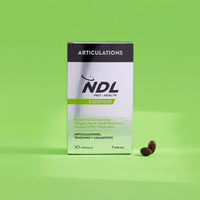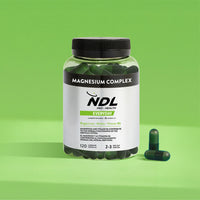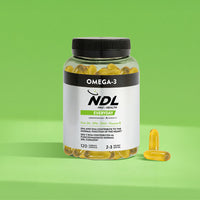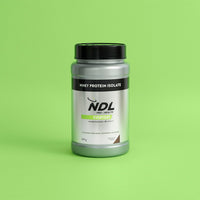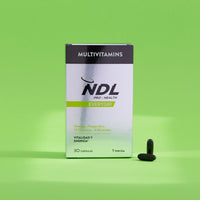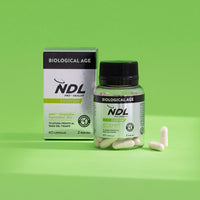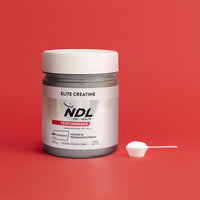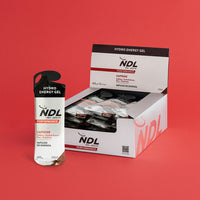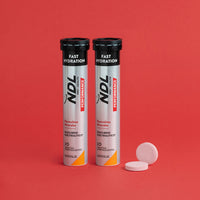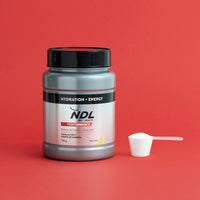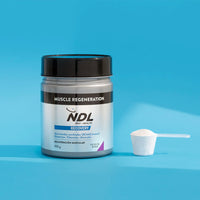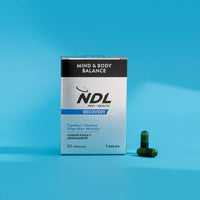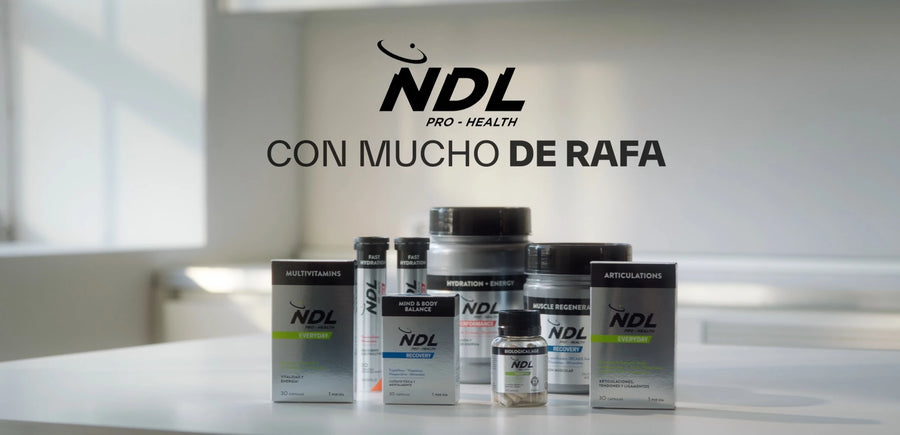Featured Products
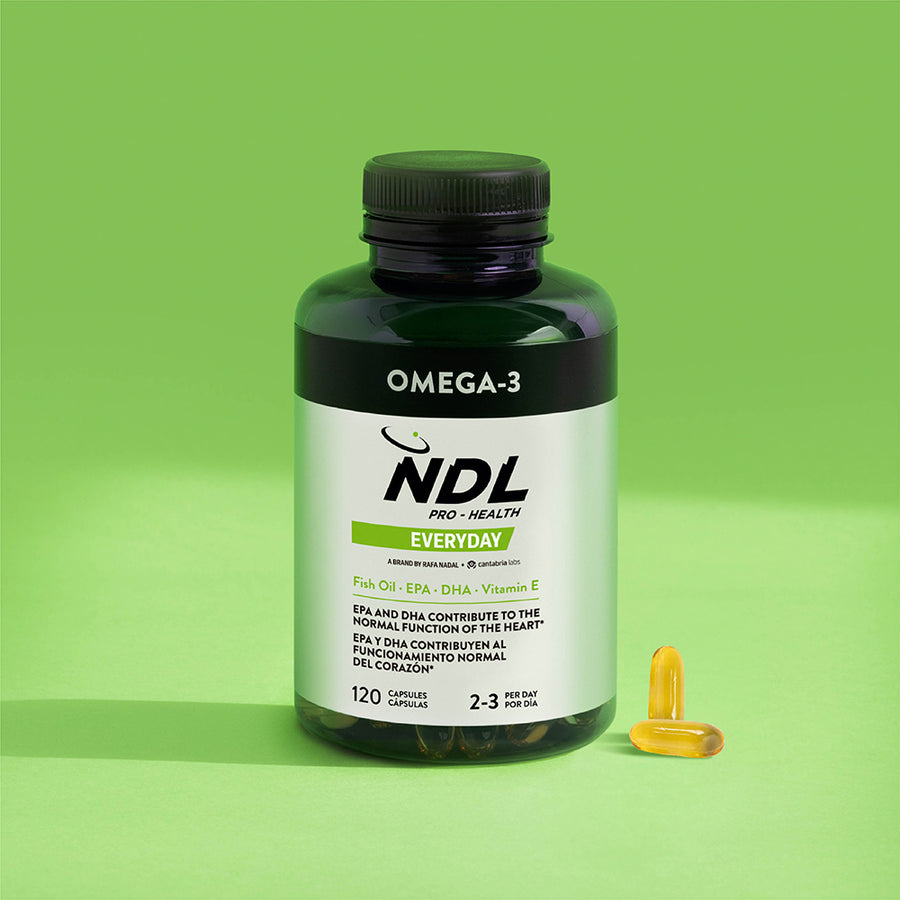
Omega-3 with Vitamin E
See productIn the world of supplementation, some combinations enhance their benefits and allow our bodies to better absorb them. Two of the most popular nutrients known for their health-promoting properties are Omega-3 fatty acids and vitamin E.
Omega-3 is an essential type of fat with multiple benefits for cardiovascular, brain, and joint health, while vitamin E is a powerful antioxidant that protects our cells from oxidative damage. But what happens when we combine them?
In this article, we’ll explore whether Omega-3 and vitamin E can be taken together safely, how they work in the body, and why this combination could be key to enhancing your overall well-being. Keep reading to find out!
What is Omega-3 and why is it important?
Omega-3 fatty acids are essential fats that the body cannot produce and must be obtained through diet or supplements. They are divided into three types:
- EPA: anti-inflammatory properties and cardiovascular benefits.
- DHA: essential for the brain, vision, and nervous system.
- ALA: found in plant-based sources and converted in small amounts into EPA and DHA.
Their main benefits include:
- Improved cardiovascular health.
- Supports brain function and protects vision.
- Reduces inflammation and helps with joint conditions.
- Promotes muscle recovery and general well-being.
For those who do not consume enough Omega-3 through diet, supplementation can be an excellent alternative to maintain optimal health.
What is Vitamin E and what are its benefits?
Vitamin E is a fat-soluble antioxidant that protects cells from damage caused by free radicals, helping to prevent cellular aging and the development of chronic diseases.
Key benefits of vitamin E include:
- Cell protection: combats oxidative stress, reducing damage to tissues and organs.
- Skin health: promotes hydration, healing, and prevents premature aging.
- Immune support: boosts the body's defenses and helps fight infections.
- Cardiovascular health: supports blood circulation and helps reduce oxidation of LDL cholesterol.
It is found in foods such as nuts (almonds, hazelnuts, walnuts), vegetable oils (olive, sunflower, wheat germ), leafy greens (spinach, broccoli), and seeds (sunflower, pumpkin).
A balanced diet rich in vitamin E or the use of supplements can help maintain healthy skin, strengthen the immune system, and support heart health.
Why is it recommended to take Omega-3 and Vitamin E together?
The combination of Omega-3 and Vitamin E enhances their benefits and improves absorption in the body. Here’s why they work so well together:
- Protection against oxidation: Omega-3 fatty acids are sensitive to oxidation, and vitamin E acts as an antioxidant to prevent their degradation, ensuring their effectiveness in the body.
- Cardiovascular health: both help improve blood circulation, reduce inflammation, and lower the risk of cardiovascular disease.
- Skin and aging: Omega-3 helps maintain skin hydration and elasticity, while vitamin E protects against cell damage and premature aging.
- Cognitive support: studies suggest that their combination may support memory, focus, and help prevent age-related cognitive decline.

Taking these two nutrients together not only boosts their effectiveness but also offers a more holistic approach to overall health.
How to take Omega-3 and Vitamin E safely
To enjoy the benefits of combining Omega-3 and Vitamin E, it’s important to consume them at the right dosage and safely.
Recommended dosages: Amounts may vary depending on individual needs, but generally:
- Omega-3: A daily intake of 200–500 mg of EPA and DHA is recommended, according to health organizations like the WHO.
- Vitamin E: The recommended daily intake for adults is 15 mg, though it may be higher in certain cases.
How to take them: food vs. supplements: A diet including oily fish, nuts, vegetable oils, and seeds can provide these nutrients naturally.
Supplements are a convenient option for those who don’t get enough from their diet alone. In such cases, it’s important to choose high-quality supplements at safe dosages.
- Interaction with anticoagulants: Both Omega-3 and vitamin E may have anticoagulant effects, so high doses should be monitored in people with bleeding disorders or those taking blood-thinning medication.
- Excess Vitamin E: Very high doses may cause side effects such as digestive issues or increased bleeding risk.
It is always advisable to consult a healthcare professional before starting any supplementation, especially if you are taking medication or have specific medical conditions.
In conclusion, Omega-3 and Vitamin E can be taken together to enhance their benefits, improving cardiovascular, brain, and skin health. Vitamin E protects Omega-3 from oxidation, optimizing its effectiveness.
To gain their benefits safely, it’s essential to consume them at appropriate dosages and, if needed, choose high-quality supplements.
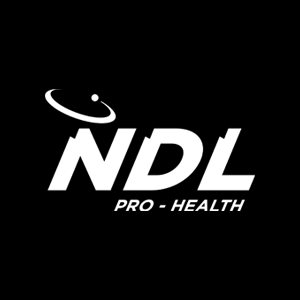
From the NDL Pro-Health team we will provide you with tips to maintain a healthy lifestyle. Sharing knowledge and product recommendations to offer optimal solutions for your daily routine, for your workouts and subsequent recovery, all with the goal of helping you achieve physical and mental wellness.

